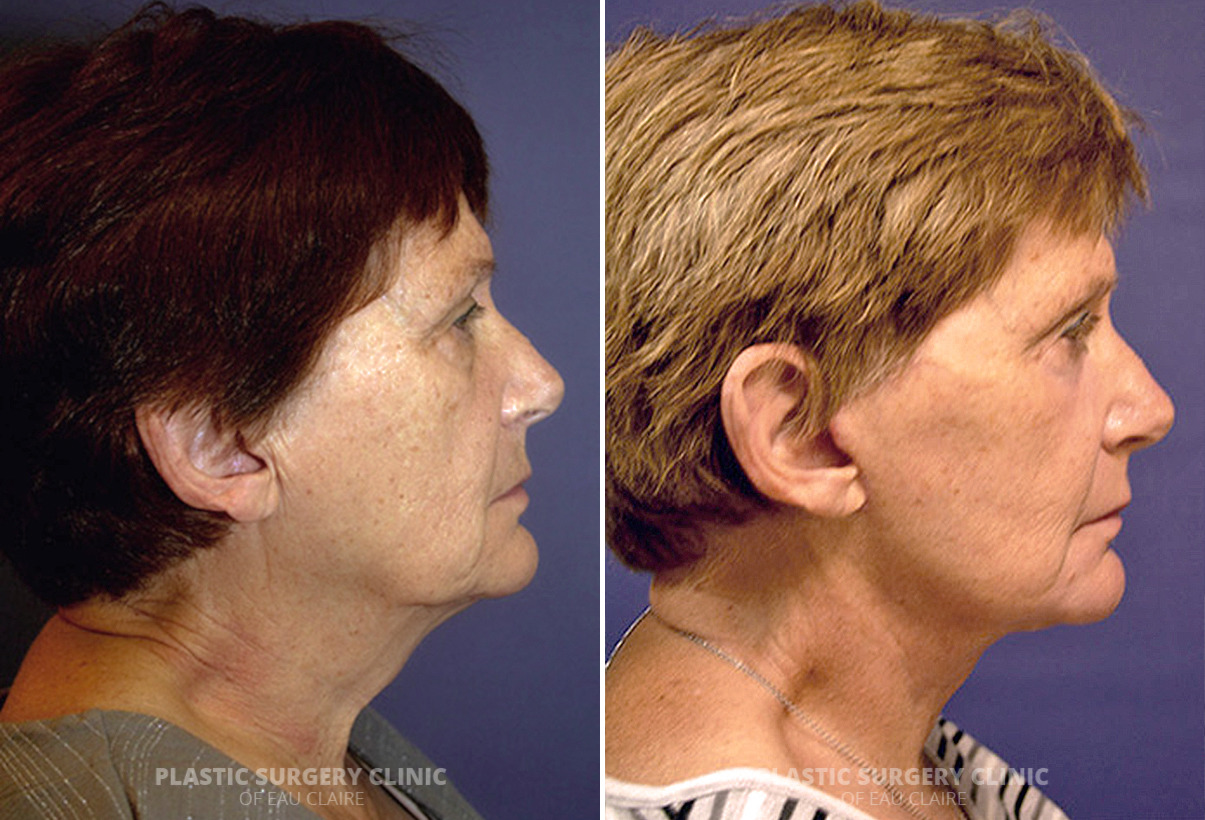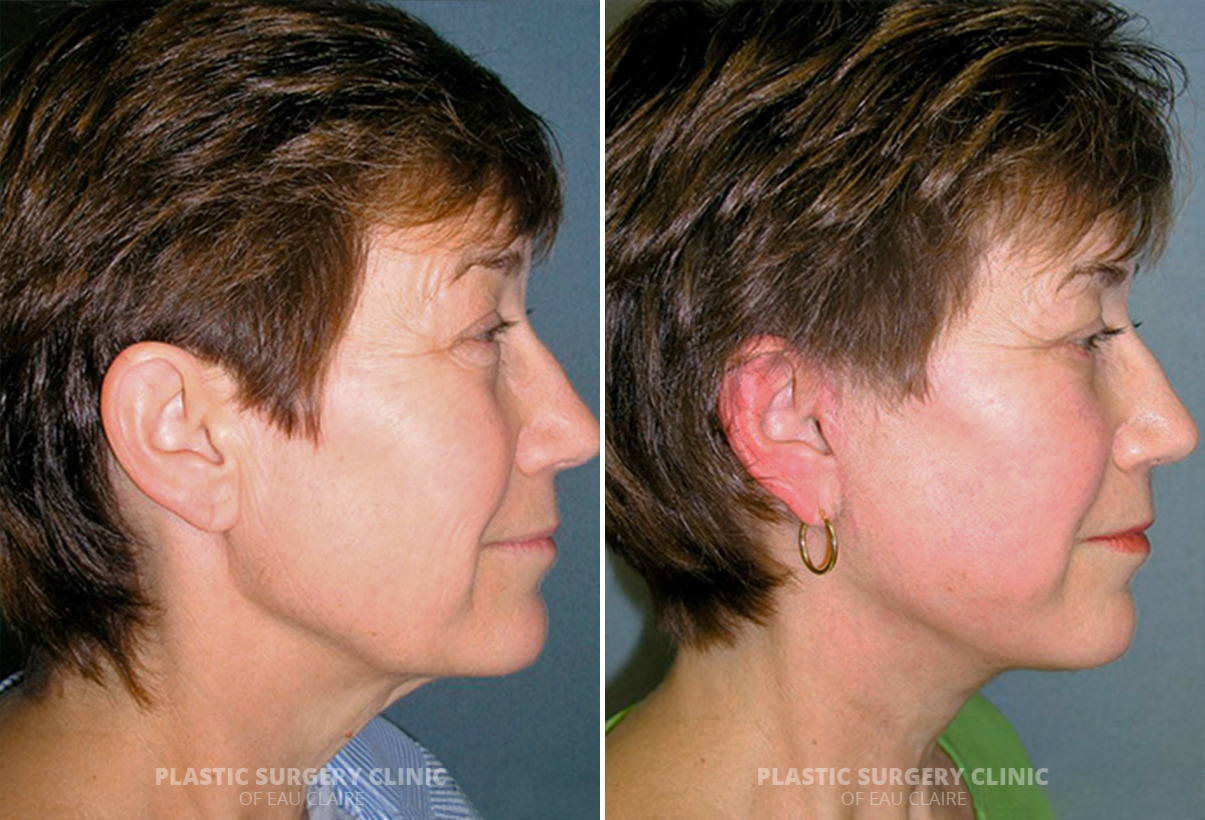Have you recently undergone a facelift or are you planning one soon? The road to recovery is just as important as the procedure itself, and one of the key elements to a smooth, beautiful result is the right compression garment. But what exactly makes a compression garment the “best” for facelift recovery?
Choosing the right compression garment can enhance healing, reduce swelling, and protect your results. With so many options on the market, knowing what to look for can feel overwhelming—but don’t worry, we’re breaking it all down for you right here.

Why Wear a Compression Garment After a Facelift?
Wearing a compression garment after facelift surgery is crucial for ensuring a successful recovery. The benefits of compression garments include reducing swelling, improving blood circulation, and supporting healing tissues. These garments also help the skin adhere smoothly to underlying structures, enhancing your final results. The importance of compression after facial plastic surgery cannot be overstated—it promotes comfort, minimizes bruising, and reduces the risk of complications. Incorporating this step into your post-op care supports the delicate healing process and helps maintain the youthful contours achieved during facelift surgery.
Key Features to Look for in a Compression Garment
Choosing the right compression garment is a crucial step in supporting proper healing after a facelift. With so many styles and materials available, patients can easily feel overwhelmed by the options. To help you make an informed decision, here are the essential features to consider when selecting a garment that promotes comfort, effectiveness, and long-term results.
Material and Fabric
The quality of material used in a compression garment directly affects its effectiveness and comfort. Look for garments made from medical-grade, hypoallergenic fabrics like nylon, spandex, or a blend that offers both elasticity and gentle support. Soft, smooth textures help minimize skin irritation while providing consistent pressure to support healing facial tissues.
Adjustability and Fit
Proper fit is key to achieving optimal results from your compression garment. Look for adjustable features like Velcro straps or hook-and-eye closures that allow for a customized fit. This ensures the garment stays snug without being too tight, providing consistent compression while accommodating post-operative swelling and gradual changes in facial contours.
Breathability and Comfort
Post-operative skin can be sensitive, so a breathable garment is essential for maintaining comfort during recovery. Choose materials that allow air circulation and wick away moisture to reduce irritation and prevent overheating. Comfortable compression garments encourage consistent wear, which is critical for achieving optimal healing outcomes after a facelift procedure.
Level of Coverage
Different facelift procedures may target specific areas of the face, so the level of coverage your garment offers should align with your surgical plan. A well-designed compression garment will cover all treated zones, whether it’s the full face or just the lower cheeks and neck. Proper coverage ensures even pressure and consistent support for healing tissues.
Ease of Use and Maintenance
A compression garment should be simple to put on, take off, and clean. During recovery, convenience matters—look for designs with easy closures and minimal steps to secure the fit. Machine-washable materials can also save time and hassle. The easier your garment is to use and maintain, the more likely you are to wear it consistently.
Are You Ready For A Consultation?
Join our satisfied clients who’ve experienced safe, effective treatments
Types of Facial Compression Garments for Plastic Surgery
Before diving into the different types available, it’s important to understand that not all compression garments are created equal. The ideal choice depends on the area treated, your personal preferences, and your surgeon’s recommendations. Below are the most common styles used after facial surgical procedures.
Full-Face Compression Masks
These garments provide comprehensive coverage, wrapping around the entire face and head. Full-face compression masks are ideal for patients undergoing extensive facelift procedures, offering even pressure distribution to minimize swelling and improve healing. They typically secure with adjustable closures, ensuring a snug fit that contours well to the facial structure without causing discomfort.
Chin and Neck Support Bands
Chin and neck support bands are designed to target the lower face and under-chin area, offering compression where many face lifts and neck lifts focus. These garments help contour the jawline, reduce swelling, and support the skin’s adherence to underlying tissues. They are often adjustable and comfortable, making them a popular choice for focused healing support.
Head Wraps
Head wraps are versatile compression garments that typically cover the cheeks, chin, and parts of the scalp. They’re an excellent option for procedures that extend beyond the lower face. Designed to wrap securely around the head with adjustable straps, they provide targeted compression and help reduce swelling in hard-to-reach areas.
Chin Straps
Chin straps are a streamlined option that focuses primarily on the area beneath the chin and along the jawline. They are often used following less extensive facial procedures or as a supplement to larger compression garments. Chin straps provide firm support to help reduce swelling, contour the lower face, and maintain a smooth, even profile.
Adjustable Wrap-Around Garments
These garments are designed for maximum versatility, allowing patients to tailor the compression to their unique facial structure. Typically secured with Velcro or hook-and-loop closures, adjustable wrap-around garments can target multiple areas at once, including the chin, cheeks, and neck. Their flexibility makes them ideal for accommodating post-surgical swelling and evolving recovery needs.
How to Use Your Facelift Compression Garment
Putting on your compression garment correctly ensures maximum comfort and healing support. Start by making sure your skin is clean and dry. Always follow your surgeon’s instructions regarding how soon to begin wearing it post-surgery. Avoid forcing the garment into place—apply it gently and evenly to prevent unnecessary pressure or irritation.
Here’s how to apply different types of facial compression garments:
- Full-Face Compression Masks: Begin by aligning the eye and mouth openings, then gently stretch the fabric around the head. Secure the back closures evenly and adjust for comfort.
- Chin and Neck Support Bands: Position the band beneath the chin and wrap it around the neck and top of the head. Tighten any Velcro straps to provide snug, even pressure.
- Head Wraps: Start at the base of the neck and wrap around the head and face. Use adjustable closures to fit securely without shifting or bunching.
- Chin Straps: Slide the strap under the chin and pull the ends up toward the crown of the head. Fasten it to create gentle but firm support under the jawline.
- Adjustable Wrap-Around Garments: Place the garment against the primary treatment area, then wrap the adjustable flaps across the cheeks, jaw, or neck as needed. Secure closures and ensure even compression throughout.
How Long to Wear Compression Garments After a Facelift
The duration for wearing a compression garment after a facelift can vary depending on the extent of your procedure and your body’s individual healing process. Most patients are advised to wear their garment continuously for the first one to two weeks, removing it only for short periods such as cleaning or showering.
After this initial phase, your surgeon may recommend wearing the garment for several additional weeks during nighttime or for a certain number of hours per day. This gradual tapering helps maintain support as swelling continues to decrease and the skin settles into its new contours. Always follow your surgeon’s specific guidelines to ensure optimal healing and aesthetic results.
Primary Rhinoplasty Before and After Photos


* Each patient is unique and individual results may vary.
Other Recovery Tips for an Optimal Healing Process
To ensure a smooth recovery period after your facelift, it’s essential to support your body’s natural healing with the right habits and care practices. While your compression garment plays a key role, other elements of your recovery routine can significantly impact your comfort and results. Below are helpful tips to keep your healing on track:
- Follow Post-Op Instructions Closely: Your surgeon’s guidance is tailored to your specific procedure and body. Follow all directions regarding medications, hygiene, activity level, and garment use.
- Sleep with Head Elevated: Keeping your head elevated, especially during the first week, helps reduce swelling and improves drainage. Use extra pillows or a wedge to maintain a slightly upright position.
- Stay Hydrated and Eat Nutritious Foods: Proper hydration and a diet rich in vitamins and protein support tissue repair and reduce inflammation. Avoid salty or processed foods that can increase swelling.
- Avoid Strenuous Activity: Rest is critical. Avoid exercise, heavy lifting, or bending over for at least two weeks, or until your surgeon clears you.
- Monitor for Unusual Symptoms: While some swelling and bruising are normal, report excessive pain, bleeding, or signs of infection to your surgeon right away.
- Protect Your Skin: Avoid direct sun exposure and use a high-SPF sunscreen when outdoors. Your skin will be especially sensitive during recovery and prone to damage.
Consult with an Expert Plastic Surgeon
When it comes to any facial plastic surgery, especially a procedure as intricate as a facelift, the experience and precision of your surgeon can make all the difference. Choosing an expert ensures that every stage of your journey—from consultation to recovery—is handled with the utmost care. A skilled specialist will provide personalized recommendations, including selecting the right compression garment to maximize your results.
Dr. Ember Ewings of the Plastic Surgery Clinic of Eau Claire brings exceptional credentials and compassionate care to every patient. With a medical degree from the University of Wisconsin-Madison, residency in plastic surgery at Saint Louis University, and fellowship training in pediatric and craniofacial surgery in both Memphis and Paris, Dr. Ewings combines advanced technique with an artistic touch. Ready to take the next step in your journey? Call us at 715-833-2116 or visit our contact page to schedule your consultation today.


